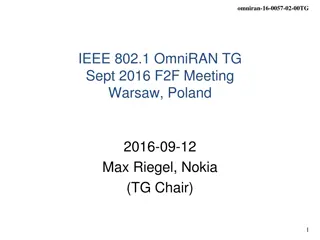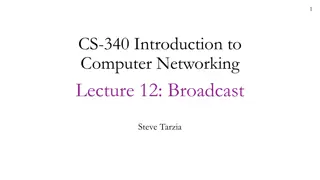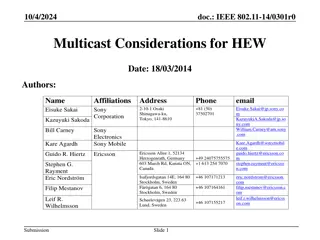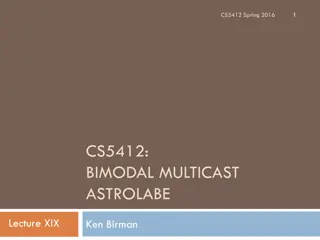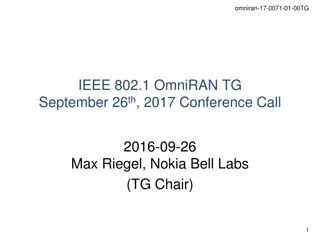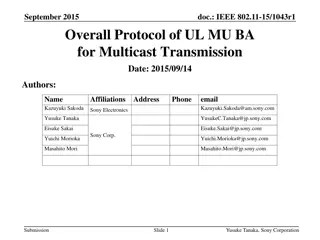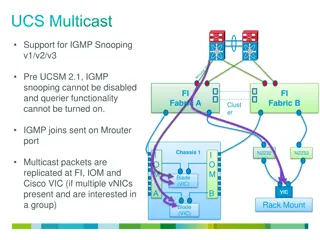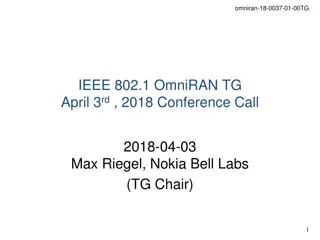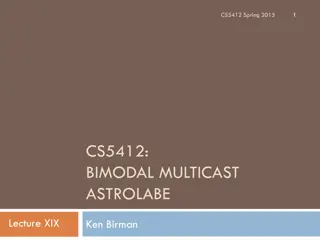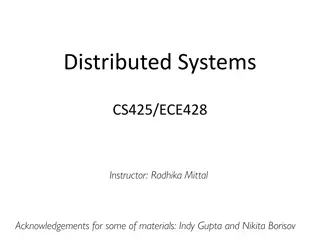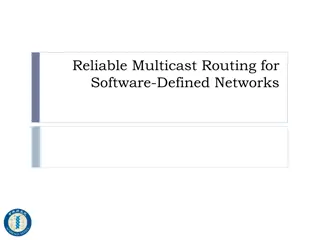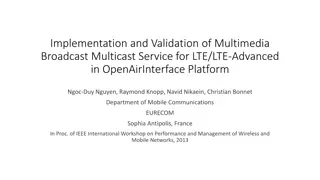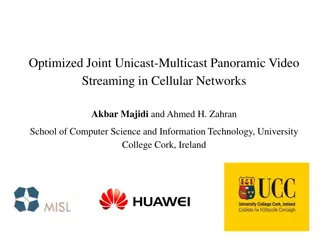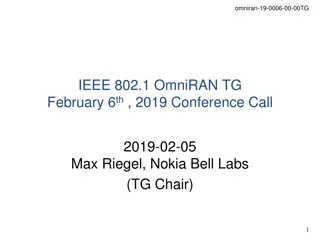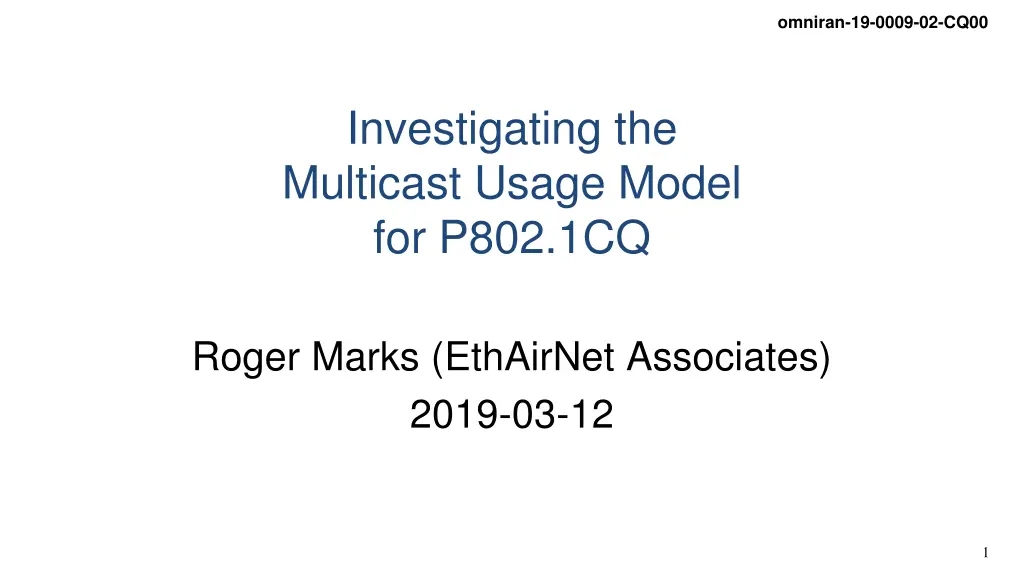
Understanding Multicast Address Assignment in Networking Standards
Explore the evolution of multicast address assignment in networking standards, from IEEE 1722 MAAP to AVNU protocols. Delve into the considerations for incorporating multicast address assignment in P802.1CQ and the need for further development in TSN.
Download Presentation

Please find below an Image/Link to download the presentation.
The content on the website is provided AS IS for your information and personal use only. It may not be sold, licensed, or shared on other websites without obtaining consent from the author. If you encounter any issues during the download, it is possible that the publisher has removed the file from their server.
You are allowed to download the files provided on this website for personal or commercial use, subject to the condition that they are used lawfully. All files are the property of their respective owners.
The content on the website is provided AS IS for your information and personal use only. It may not be sold, licensed, or shared on other websites without obtaining consent from the author.
E N D
Presentation Transcript
omniran-19-0009-02-CQ00 Investigating the Multicast Usage Model for P802.1CQ Roger Marks (EthAirNet Associates) 2019-03-12 1
omniran-19-0009-02-CQ00 Multicast for P802.1CQ: History The initial P802.1CQ draft PAR was "Local Addresses Assignment Later, it was changed to "Multicast and Local Address Assignment" As I recall, the TG Chair stated that there was a need to add multicast address assignments for TSN streams. Nothing about multicast was added to the Scope, or to the CSD. The following text added to the Purpose: Multicast flows also need addresses to identify the flows. They will benefit from a set of protocols to distribute multicast addresses. 2
omniran-19-0009-02-CQ00 IEEE 1722 MAAP IEEE 1722-2011 ("Transport Protocol for Time-Sensitive Applications in Bridged Local Area Networks") includes specification of the "MAC Address Acquisition Protocol" (MAAP) that seems intended for this purpose. 1722 was revised in 2016 MAAP is not referenced in 802.1Q, 802.1BA, or 802.1CA although 802.1Q cites IEEE 1722 MAAP was mentioned in some 802.1 contributions (2008 and 2009) 3
omniran-19-0009-02-CQ00 MAAP in Avnu Avnu (based on 802.1 TSN) uses 1722 MAAP: Multicast MAC addresses or locally administered unicast addresses are required by AVTP for the transmission of media streams. Because AVTP runs directly on a layer 2 transport, there is no existing protocol to allocate multicast MAC addresses dynamically. MAAP is designed to provide a way to allocate dynamically the multicast MAC addresses needed by AVTP. MAAP is not designed to allocate locally administered unicast addresses. AVNU Milan Network redundancy interoperability specification June 5, 2018 Revision 1.3 4
omniran-19-0009-02-CQ00 Discussion with TSN Chair I discussed this with TSN Chair. He noted that multicast MAC addresses are part of the Stream ID in Audio Video Bridging inherited by TSN has been developed further by 802.1CB P802.1CBdb will add further possibilities TSN Chair recommended that we ask TSN for views. 5
omniran-19-0009-02-CQ00 Questions for TSN From a TSN perspective, is there a need to specify multicast address assignment beyond the IEEE 1722 MAAP? If so, could we discuss a way forward to reach an understanding of the usage model and requirements? If not, should P802.1CQ simply include suitable references to IEEE 1722? Or modify using a different EtherType? 6



